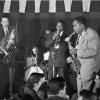All Activity
- Past hour
-
Something different than Mingus. . . . Chico Buarque “Meus Caros Amigos” Philips cd
-
Saw him with Phil Woods. A very good jazz pianist. I have a number of his trios CDs. R.I.P.
-
-
What Classical Music Are You Listening To?
Peter Friedman replied to StarThrower's topic in Classical Discussion
-
-
Material from shortly after getting this set I made 4 CDRs of the master takes from 1927-1934.
-
..... from this twofer CD:
- Today
-
Charles Mingus “Oh Yeah” Atlantic/Analogue Productions SACD Such great music, from amazing musicians! Bass – Doug Watkins Drums – Dannie Richmond Flute, Siren, Tenor Saxophone, Wind [Manzello, Strich] – Roland Kirk Piano, Vocals – Charles Mingus Tenor Saxophone – Booker Ervin Trombone – Jimmy Knepper
-
-
From this twofer CD. Tjader plays drums here. Next is:
-
-
Before re-filing this downstairs in the LP shelves I decided to listen to side B again. This is a corker of an LP and boy does this pressing sound good. J&K “Stone Bone” A&M/CTI LP (RSD release)
-
-
-
RIP. Seeing him live was a great double pleasure: great music, great stories.
-
Continuing on in the “Enjoying the Ride” 60th Anniversary box set. Capitol Theatre, Port Chester, NY (2/20/71) 250×158 13.9 KB
-
I was surprised he was 87 as well. I saw Galper a few times over the years but it's been a long time since I last saw him perform. I really enjoyed his playing with Phil Woods.
-
He had been living in upper state New York around Callicoon, right on the Pennsylvania border. I saw on FB that he then had a afternoon gig at Rafter's Tavern, a local spot. caught him once there with Billy Mintz on drums. Can't remember who was on bass. Fun hour.
-
I was personally a little surprised that he was 87 years old. I had the impression that he was mainly active in the 1970s, so I had assumed he was born in the late 1940s or early 1950s (for example, his one-time bandmate Michael Brecker was born in 1949), but he was actually a generation older than them. It makes sense, considering he was active in Chet Baker's band in the 1960s. Personally, I think Now Hear This, featuring the powerful lineup of Japanese-born Terumasa Hino, Cecil McBee, and Tony Williams, is his masterpiece. Galper, despite being the leader, doesn't stand out much in a way, which might be disappointing for him, but it's wonderful jazz. RIP.
-
I saw him once in NYC. I like his playing. He was 87. RIP Hal.
-
Sax Expat: Don Byas
Big Beat Steve replied to nighthawk68's topic in Jazz In Print - Periodicals, Books, Newspapers, etc...
This thread is taking on psychedelic overtones ... 😄 But getting a bit more back to the topic on hand: First of all, the careers of MANY musicians cannot be separated from their off-stage lives (and I am NOT even referring specifically to drug addiction and everything that this brings with it). So obtaining knowledge and an understanding of the "times and life" (with a fairly big accent on the TIMES!!) of a musician and the style of music he (or, yes, she) performed in really is a key to understanding the essence of the music (his music) too. Anything short of that IMO misses the road to understanding (and taking the reader along) the person's biography and musical accomplishments. And no, pea-counting musicological analyses geared at advanced music practitioners or musicologists do not make up for this at all. Which is where the Don Byas bio IMO is a mixed bag, though the book overall is good and definitely worth reading. As Knauer has hinted at in his review, musical analyses are slim (and yes, they COULD be done so that a layman and non-musician understands them too or at least gets a close enough impression of the contents and what to expect from any given session - it has been proven countless times before). But in general, the author's approach to the subject at times is an odd one. Apart from a few errors in the presentation of persons, times and places (which can happen but are avoidable - sloppy proofreading, maybe?), what baffled me is how the author over and over again seems to have made every effort to derail the reader's immersion into the narrative of the text, i.e. into the life and career of Don Byas. What is the point of using soooo many quotes and citations (and therefore footnotes) for facts and events that are established, undisputable facts and common knowledge and do not need any quotes or citations at all - ever - to prove to ANYONE that the facts are as the author says? (Though, maybe, to a professor who is to pass judgment on a Ph.D. thesis submitted to him ... But could this ever have been the purpose of THIS book? ) It would require a separate post to list a handful of blatant examples to underline my quibbles, but yes - this did bug me. Because this book by no yardstick whatsoever could ever have been aimed at the total layman in the history of jazz. And scholarly self-navel gazing at showing to the reader how the author has diligently and painstakingly worked his way through so many reference sources cannot have been the point either? Above all because enough quotes from and references to specialist sources remain anyway that definitely do merit their footnotes. -
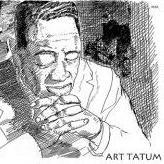
Sax Expat: Don Byas
EKE BBB replied to nighthawk68's topic in Jazz In Print - Periodicals, Books, Newspapers, etc...
Google translator has done too much harm… 😝
_forumlogo.png.a607ef20a6e0c299ab2aa6443aa1f32e.png)



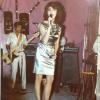
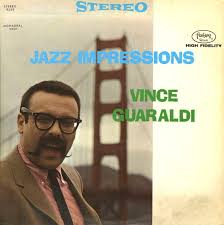


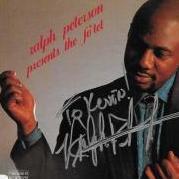
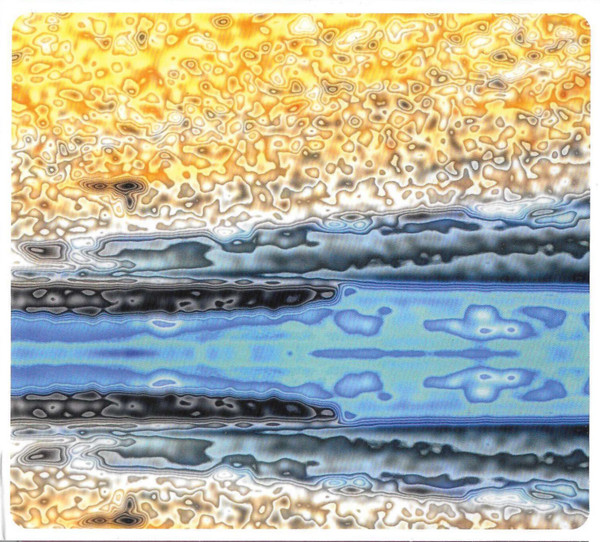
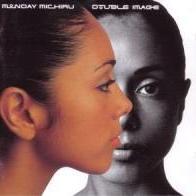
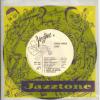
.jpg.69e7bca1bbdc992444e27851d349869b.jpg)
